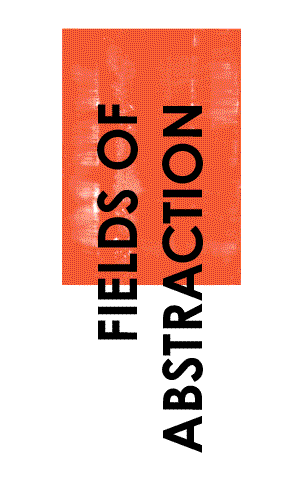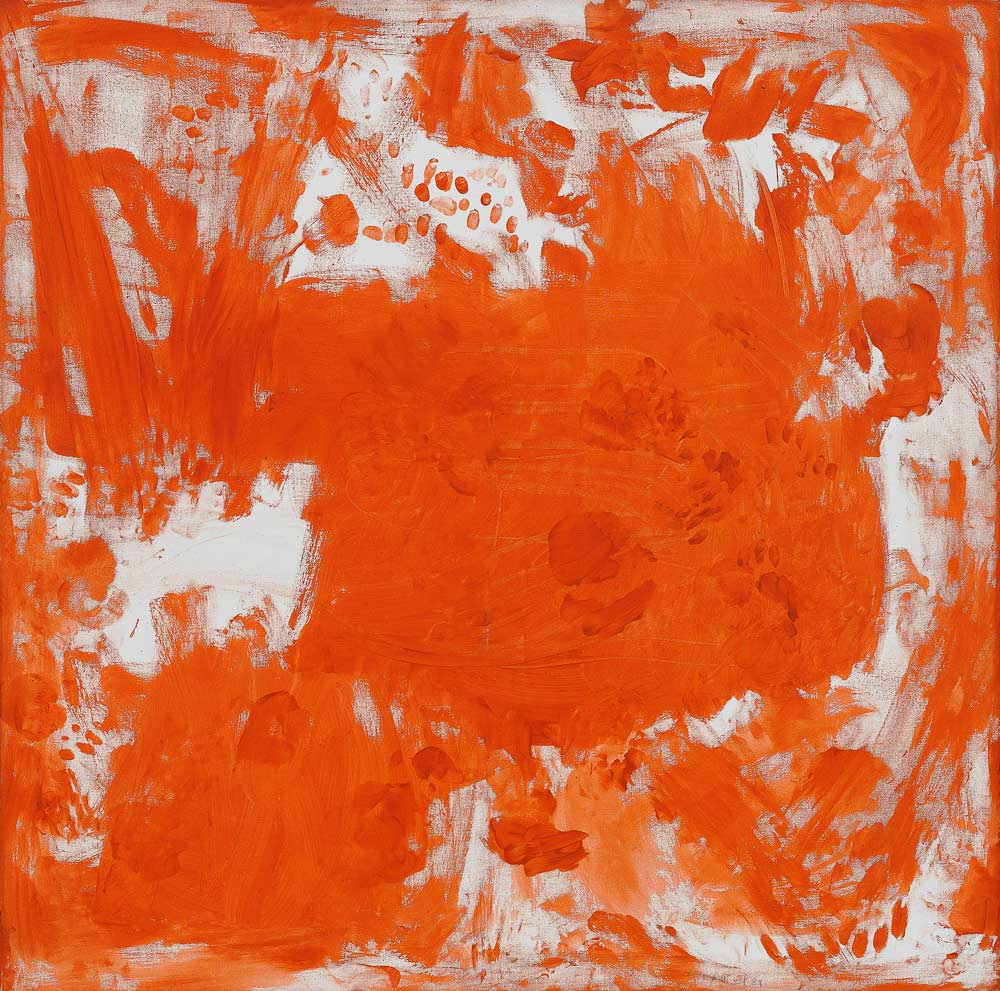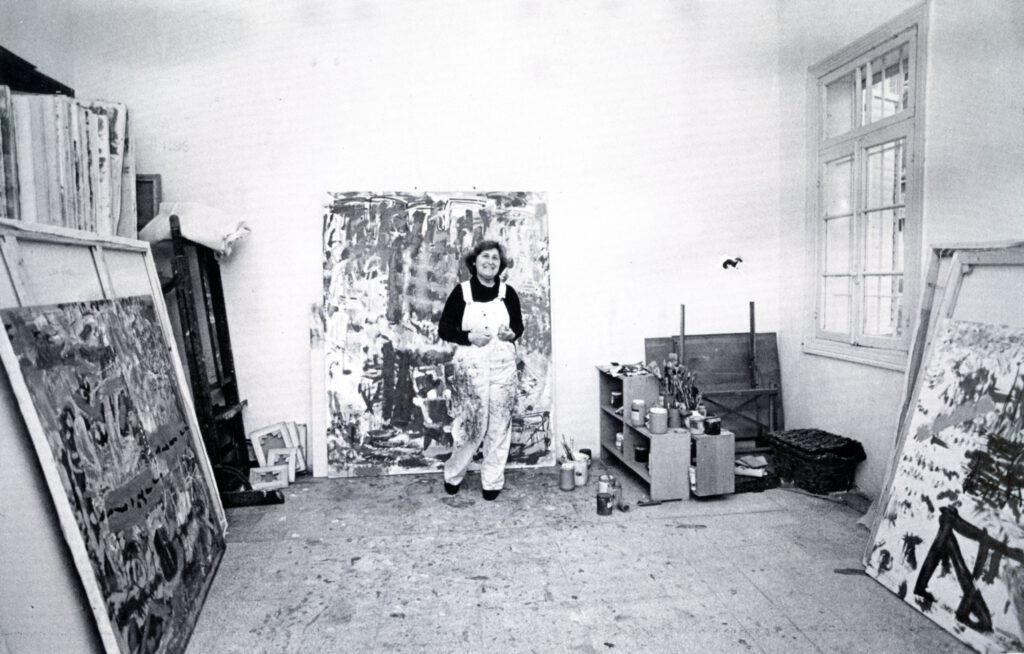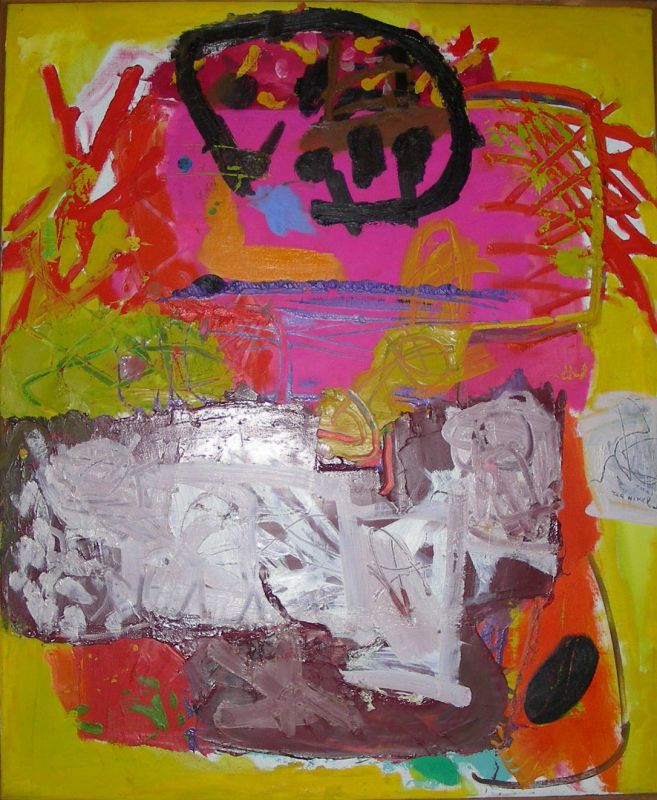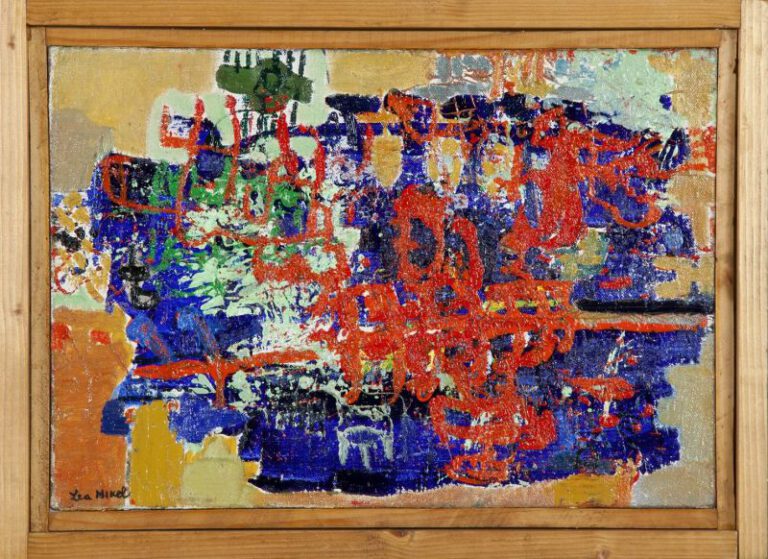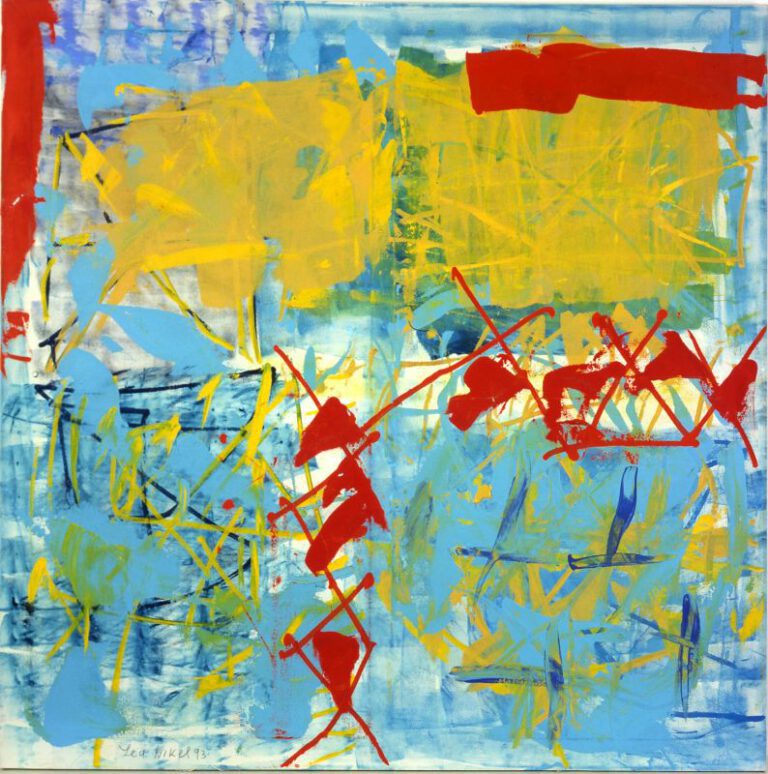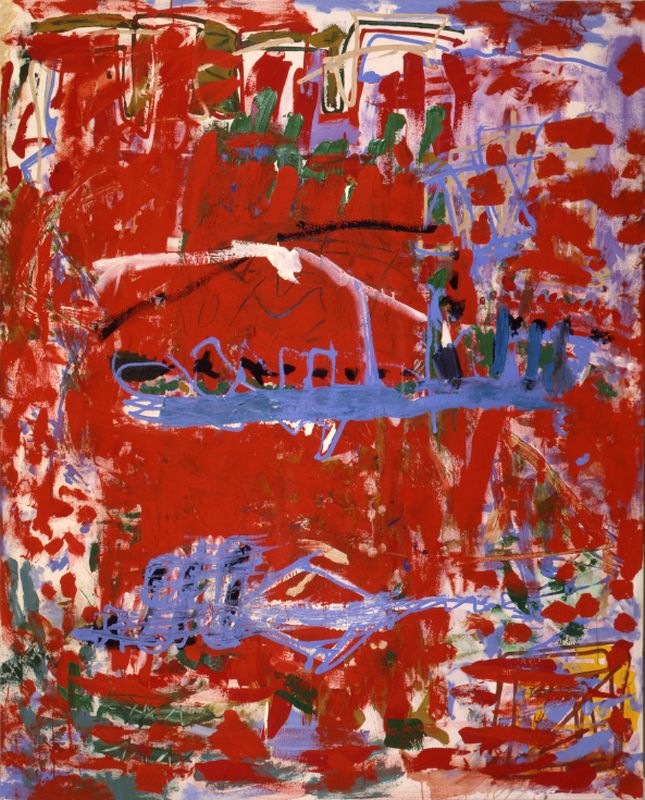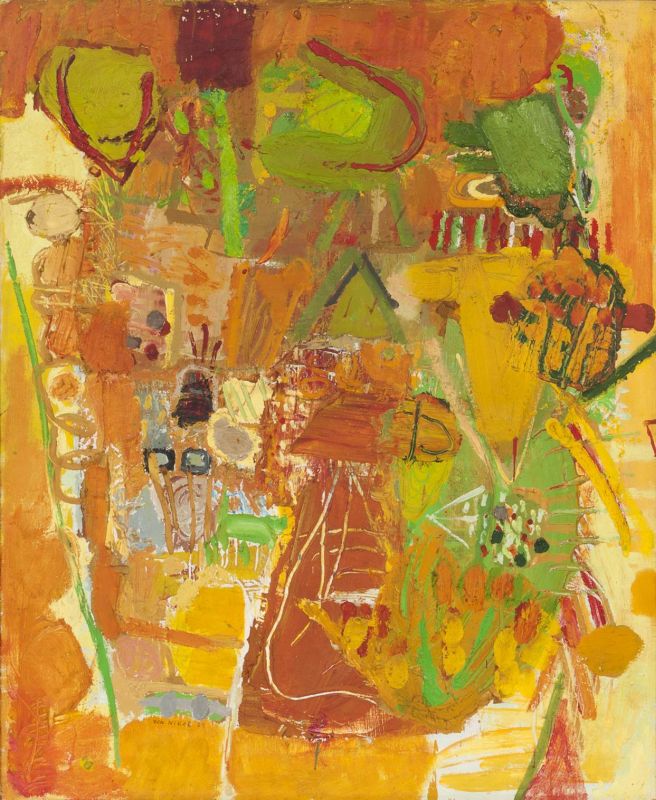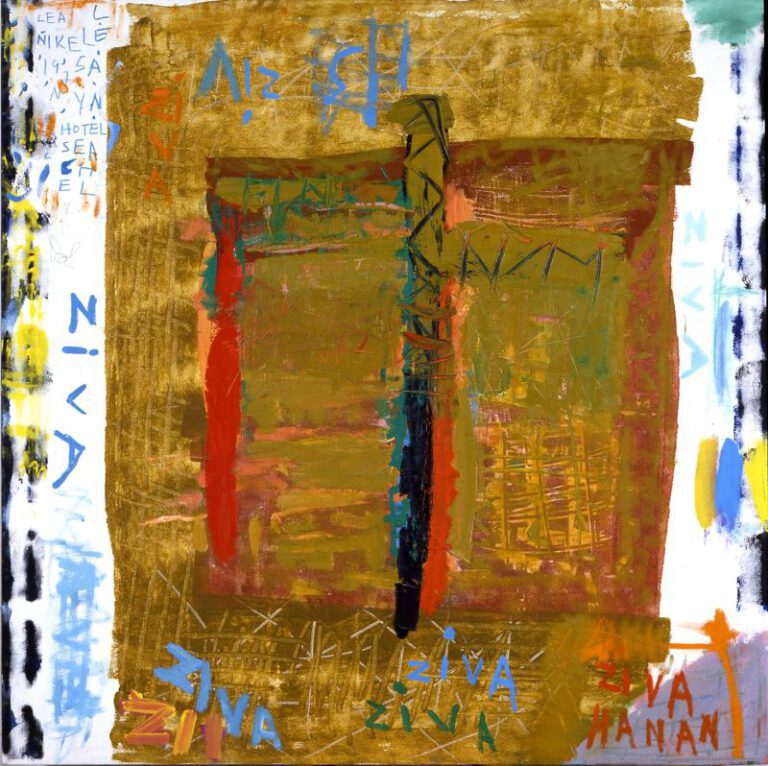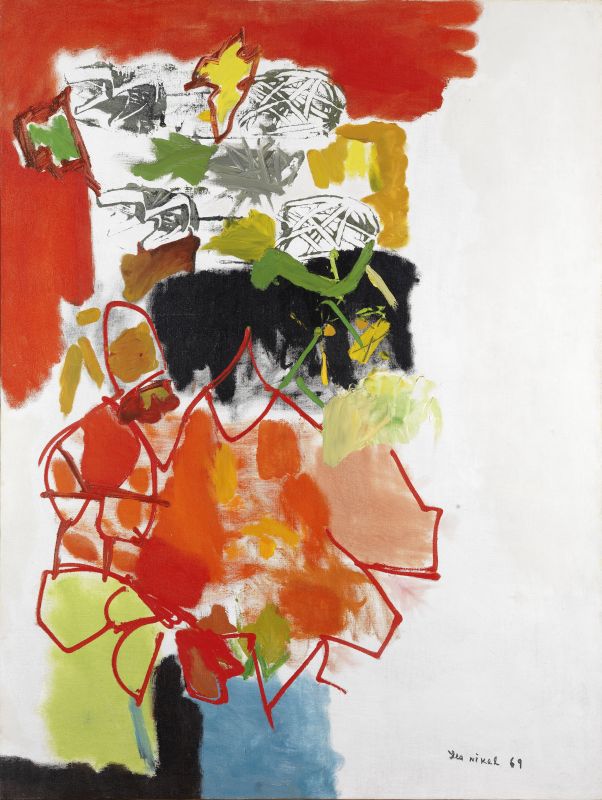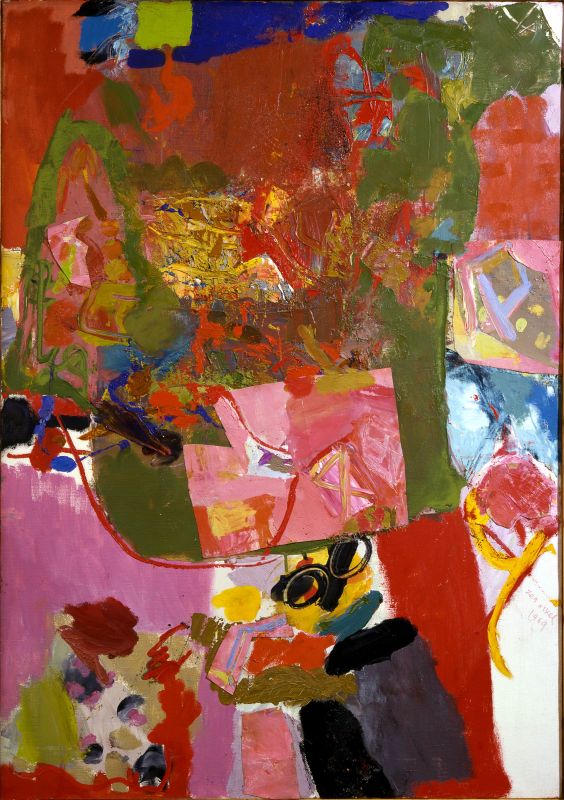Israel Prize laureate Lea Nikel was an individualistic artist with a unique voice, whose works are prime examples of abstract painting. She saw the canvas as a substrate for the dialogue, interrelations, and struggle conducted between colors, stains, and textures. Having studied in her youth with the painters Haim Gliksberg, Yehezkel Streichman, and Avigdor Stematsky, she traveled in 1950 to Paris, where she was exposed to the various trends of post-war abstract painting – Informalism, Tashism, and Lyrical Abstraction – and to artists such as Georges Mathieu and Hans Hartung, who painted in a purely abstract style and with much physicality and spontaneity. Nikel’s paintings were also influenced by the work of Joan Miró and Jean Dubuffet, who celebrated children’s art and the power of intuitive painting to break free from the shackles of tradition. In her early works, she created images that were anchored in reality, but with her return to Israel in the 1960s she moved into complete abstraction and adhered to it throughout her artistic career.
Nikel’s works are based on a dynamic and bold composition that feeds off the tension between the painted and exposed parts of the painting, its texture, line, stain, and especially its strong and contrasting colors, which create a musical feeling reminiscent of jazz improvisation – but also of powerful baroque drama. Unlike the Israeli lyrical abstract artists, whose paintings were based on a landscape or a scene viewed from the studio, Nikel’s work deals with pure abstraction, detached from visible reality, and in this respect she is closer to the American Abstract Expressionists.
In this painting, Nikel took a bold – and for her unusual – step, basing the entire composition on a single color: orange. The music of the abstract painting or the sounds it conjures – to use Wassily Kandinsky’s characterization of colors in terms of musical instruments – is of a single instrument. Concentrating on a scale of shades of that one color, the work consists of broad, spontaneous stains, which can be seen as a refined expression of pure abstraction – a solo concerto for one color rather than an orchestral work for a symphony of colors. It is the performance of a single musician, before the creation of other colors: the initial, primordial stain, a sun rising onto the canvas like an explosion of pure energy.
Nikel was never accepted into the New Horizons group, which dominated abstract art in Israel from the 1950s to the 1970s and was the most prominent group of artists in the country. The group’s central figures, led by Yosef Zaritsky, found it difficult to accept the absolute abstraction that characterized Nikel’s work and its colorfulness, which differed from the murky and faded colors typical of their own work. And perhaps this also had something to do with their unwillingness to include such a prominent and gifted woman in a group that was composed almost entirely of men – a chauvinism that sadly prevailed in the field of art too in those years.
Amitai Mendelsohn
